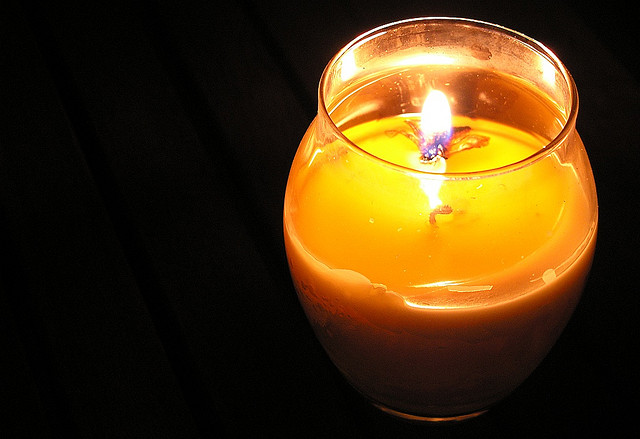FWP:
SETS == IZAFAT; WORDPLAY
For background see S. R. Faruqi's choices. For more on Ghalib's unpublished verses, see the discussion in {4,8x}.
There's an enjoyable affinity between the 'face, aspect' [ru;xsaar] in the first line, and the 'face, aspect' [.suurat] in the second line. In the first line, the face is that of the beloved, radiant and glowing with beauty. (It might seem grammatically that it could also be that of the lover, who's feverish with the fire of passion, but ghazal convention establishes that the aatish-e ru;xsaar is a quality of radiant glory possessed by the beloved.)
There's a cleverly multivalent i.zaafat construction in the second line: if the speaker is par-fashaan-e so;xtan , is he fluttering his wings because he's in the process of burning, or are they quivering because he eagerly anticipates the burning, or does he flutter them in order to fan the flames to hasten the burning?
In any case, the .suurat-e in
the second line ordinarily and readily means something general like
'with the aspect of' or 'like': the speaker is feverish and agitated
'like a Moth'. But close to the surface always lurks a literal sense:
the speaker may actually have not only the 'wings' and the passions, but
even the appearance, of a Moth.

Gyan Chand:
In the night of separation we are remembering the beloved's radiant cheeks. The way a Moth flies toward a candle and burns up, in the same way we too are assembling the materials for bursting into flame.
== Gyan Chand, p. 254